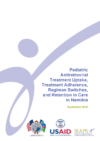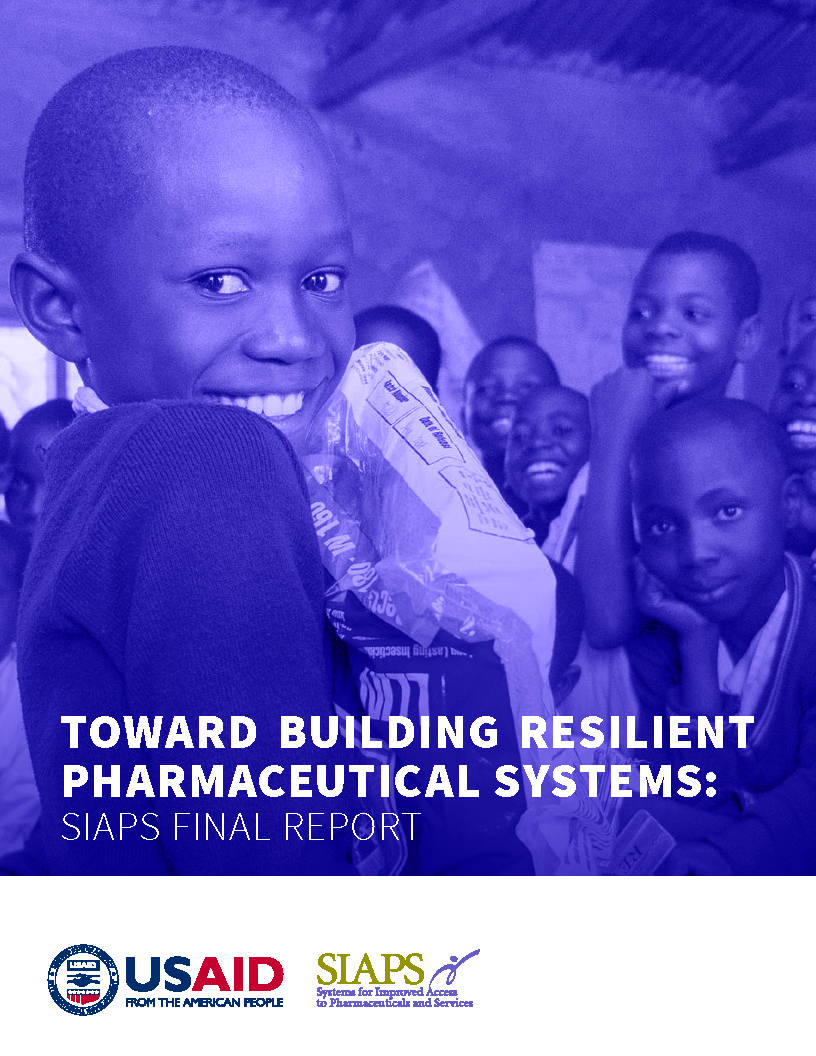
In Namibia, a preliminary review of EDT records suggests that children form a small proportion of the patients accessing ART in any given setting, nationally composing 8% of the patients on ART in the MoHSS facilities. Over the years, managing children has been complicated with formulations that have not been friendly for children, complicated regimens, and occasional stock-outs of pediatric ARVs. These challenges may increase the number of children that might receive suboptimal care, including delayed or no interventions in face of poor adherence, ultimately leading to suboptimal response to treatment. This can then increase the risk of HIV drug resistance and leads to short survival of HIV-infected children. Findings from this assessment will provide much needed evidence on trends in pediatric HIV treatment uptake, levels of adherence, and retention among those on treatment. Ultimately, the evidence generated will support MoHSS policy makers and leaders in modifying and strengthening interventions aimed at enhancing treatment uptake, adherence, retention, and viral load suppression among HIV-infected children in Namibia.
- Pediatric Antiretroviral Treatment Uptake, Treatment Adherence, Regimen Switches, and Retention in Care in Namibia — View | Download


